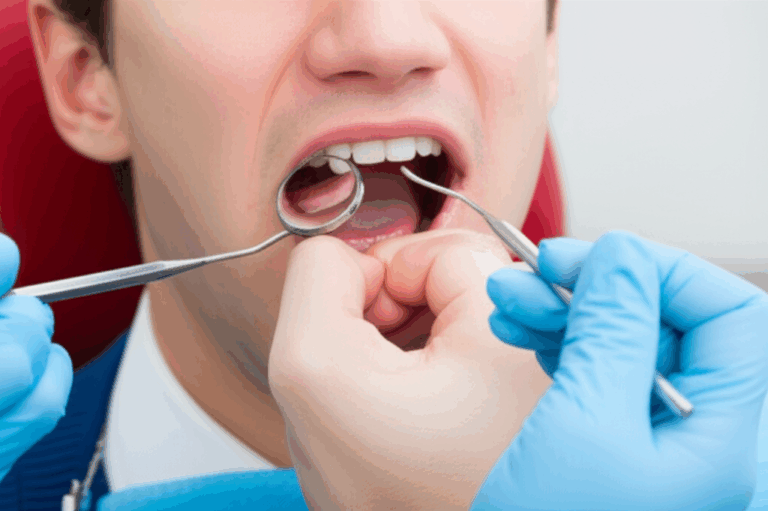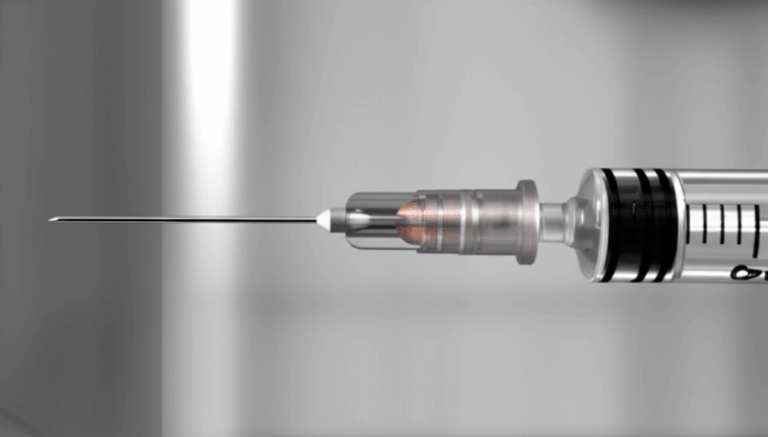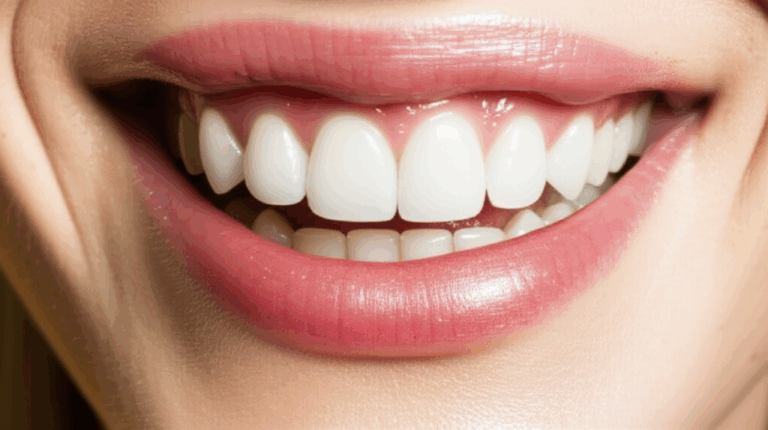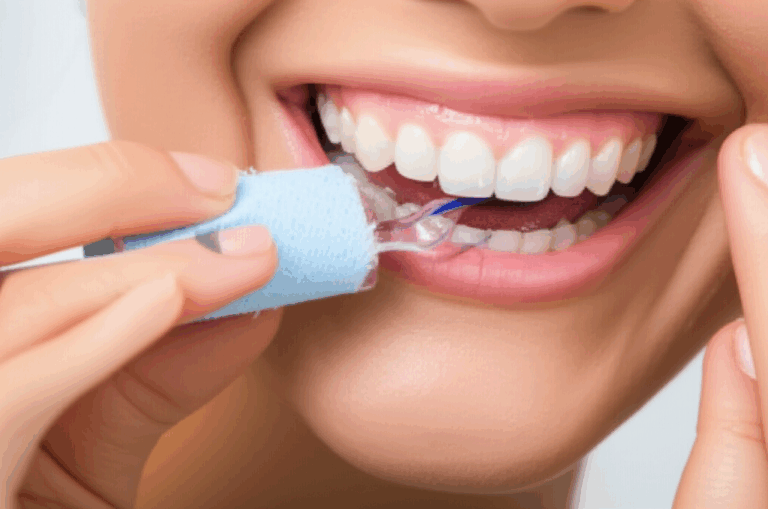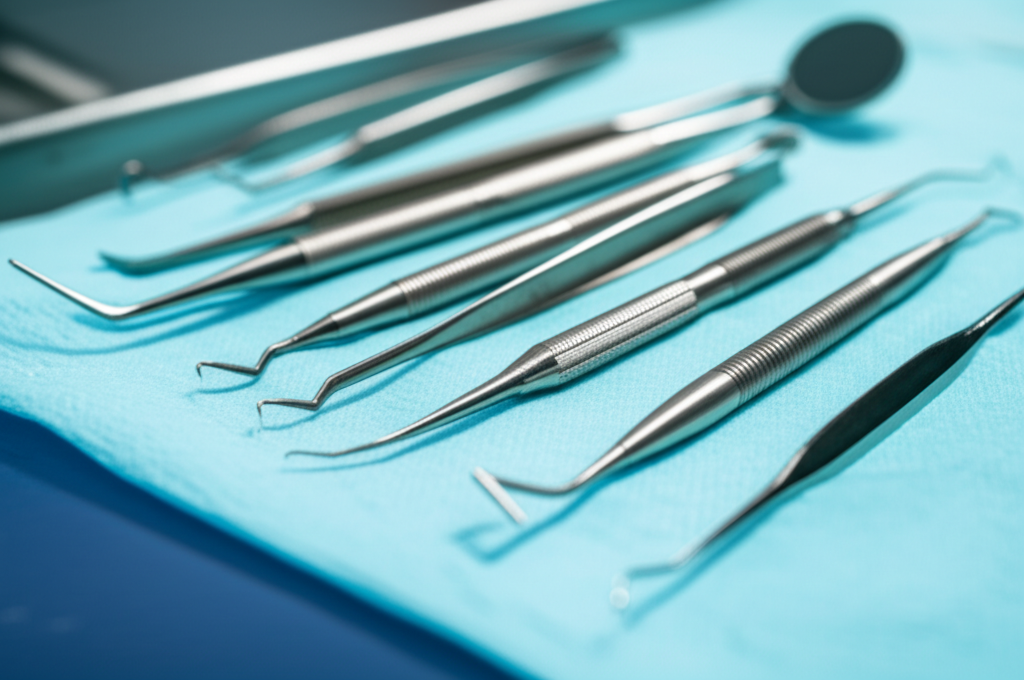
How Much Does a Dentist Charge to Drain an Abscess? (2024 Cost Guide)
That pounding pain in your jaw. The swelling, maybe even a fever. If you’re dealing with a dental abscess right now, take a breath—because you’re not alone and you’re in the right place for help.
One of the first questions most people have is simple: How much does it cost to drain a dental abscess? You might be feeling stressed, anxious about both the pain and what it will cost to get relief. Don’t worry, I’ll walk you through everything you need to know in clear, easy terms—so you can make the right decision, fast.
You’ll get real numbers, real solutions, and a friendly nudge to take care of that pain before it becomes something much more serious. Let’s dive in.
What We’ll Cover:
- Understanding Dental Abscesses: What Are They and Why Do They Happen?
- The Real Cost to Drain an Abscess at the Dentist (2024 Prices)
- What’s Included in The Cost? (Breaking Down the Dental Bill)
- Why Costs Vary: Factors That Change the Bill
- What Happens After Drainage? Other Treatments and Their Costs
- Dental Insurance & Abscess Care—Will It Help?
- No Insurance? Affordable & Low-Cost Solutions
- The Drainage Procedure: What to Expect and How to Heal
- Why Treating a Dental Abscess Fast Matters
- Preventing Future Abscesses: Healthy Habits for Life
- When to Go: Dentist vs Emergency Room
- Your Key Takeaways and What to Do Next
1. Understanding Dental Abscesses: What Are They and Why Do They Happen?
Let’s start with the basics—because knowing what you’re dealing with is the first step to fixing it.
Question: What’s a dental abscess, and why do I suddenly have one?
Think of your tooth or your gum as a castle. Normally, your enamel and healthy gums make good walls, keeping germs (the bad guys) outside where they should be. If you get a cavity, crack, or bad gum disease, those germs can get inside. Once they’re in, your body fights back—leading to a painful pocket of pus. That’s your abscess. It’s your body’s way of saying infection is here.
Dentists talk about two main kinds:
- Periapical abscess: Starts at the tip of the tooth root, usually from a deep cavity or tooth injury.
- Periodontal abscess: Starts in the gums, often from gum disease or food stuck under your gums.
Both types cause throbbing pain, swelling, and sometimes fever or a bad taste. If the pus can’t get out, pressure builds up—that’s what makes it feel so bad.
Why is drainage needed?
When a dentist drains an abscess, they make a way for the infection to leave. This brings strong relief, removes much of the infection, and starts healing. But it’s only step one. To really fix the problem, you’ll almost always need more treatment, like a root canal or pulling the tooth. More on that below.
2. The Real Cost to Drain an Abscess at the Dentist (2024 Prices)
Let’s get straight to it: what does it cost to feel better and stop the infection?
Simple answer:
In 2024, dentists usually charge between $150 and $400 for seeing you and draining a simple dental abscess. This is for most basic cases done at a dentist’s office—not counting root canals or pulling teeth.
Here’s what’s mostly covered:
- Exam/Consultation: $50–$150
- X-rays: $25–$75
- Drainage Procedure (Incision & Drainage, or I&D): $75–$250
- Emergency Surcharge (after hours): $50–$150
Most people pay: $150–$400.
But don’t stop reading yet—this price is just the start. Think of it as patching the leak, not fixing the whole roof. Most abscesses will need more treatment to keep the infection from coming back, like a root canal or pulling the tooth.
If you want to see a quick cost comparison for all related services (including antibiotics, pulling teeth, and root canals), check the table below in section 5.
3. What’s Included in The Cost? (Breaking Down the Dental Bill)
Going to the dentist can feel like buying a burger—sometimes you get the fries for free, sometimes everything costs extra.
Here’s how the cost to drain a dental abscess usually splits up:
- Initial Consultation: You sit down with the dentist, talk about what’s hurting, and get looked at. Usually covers a simple check and making a plan.
- Diagnostic X-rays: The dentist needs to see what’s going on under the gums.
- Incision and Drainage: The dentist makes a small cut to let the pus come out, cleans out the area, and may put a bit of dressing.
- Antibiotic Prescription: This is just for the doctor visit—the meds at the pharmacy may cost $10–$50.
- Emergency Fee: Some clinics charge extra if you come in when they’re closed.
What’s usually not included in the first price?
- The fix (root canal or pulling the tooth)
- Crowns or fillings to rebuild your tooth
- More visits, if they’re needed
Think of drainage like putting out a small fire. You still need to fix what caused the fire in the first place.
4. Why Costs Vary: Factors That Change the Bill
Ever wonder why coffee costs more at the airport? Dental fees work the same way: where you are, how tough the problem is, and how fast you need help all matter.
Here’s what can make draining an abscess cost more or less:
- Where you live: City dental offices (like in San Francisco or New York) cost more because everything is expensive.
- Type of dentist: Regular dentists cost less than oral surgeons, but if your abscess is in a hard spot, you may need a specialist.
- Clinic type: Big chain clinics or community clinics can be cheaper. Fancy private offices may cost more. After-hours offices can add fees.
- How tricky it is: A simple abscess in the gums is pretty straightforward. A deep one in the jaw or near the sinuses, or if you need special scans, that’s more expensive.
- Regular hours vs. emergency: If you go during the day, it’s cheaper. Late night or weekends can cost more.
- Extra stuff: Sometimes you may need more tests, like bloodwork or a CT scan, especially if your infection is bad.
Easy tip:
When you call, ask:
- “What’s the total cost for abscess drainage, including x-rays and seeing the dentist?”
- “Are there any emergency or after-hours fees I should know about?”
Knowing before you go makes the whole bill less scary.
5. What Happens After Drainage? Other Treatments and Their Costs
Here’s a big thing most people aren’t told: draining the abscess alone isn’t the whole fix. The real cause—like a deep cavity, crack, or gum problem—has to be fixed too.
Two Main Options After Drainage:
1. Root Canal Treatment
This saves your tooth. Side note: root canals aren’t as scary as people say. The dentist removes the bad inside part, cleans, and seals the tooth. Front teeth cost less. Back teeth (molars) cost more.
- Front tooth: $700–$1,500
- Molar: $900–$2,000
If you want to keep your tooth, this is the best way.
2. Tooth Pulling (Extraction)
If the tooth can’t be saved, or you want a quick fix, pulling it is usually cheaper.
- Simple extraction: $75–$400
(easy to reach, single-root teeth)
- Surgical extraction: $200–$600
(harder to reach or broken teeth needing more work)
Note: If you pull a tooth, you’ll have to think about getting something to fill the gap—like a denture or implant—which costs more.
3. Aftercare and Other Fixes
- Antibiotics (at pharmacy): $10–$50
- Dental crown (often needed after root canal): $800–$2,500
- Follow-up visit: $50–$150
Here’s a simple table of common dental abscess treatment costs in the U.S. for 2024:
| Service | Typical Cost (USD) | Notes |
|---|---|---|
| Emergency Exam/Consultation | $50–$150 | Needed for all abscess cases |
| Dental X-ray | $25–$75 | Usually one per bad spot |
| Incision & Drainage (I&D) | $75–$250 | Simple abscess fix |
| Root Canal (front tooth) | $700–$1,500 | To keep the tooth |
| Root Canal (molar) | $900–$2,000 | Harder job |
| Simple Extraction | $75–$400 | Cheaper fix |
| Surgical Extraction | $200–$600 | More complex |
| Crown (after root canal) | $800–$2,500 | Tooth cover |
| Antibiotic Prescription | $10–$50 | At pharmacy, if you need it |
| Follow-up Visit | $50–$150 | Might be included |
Prices change based on where you live and the dental office. Always ask for a written price before you move ahead.
6. Dental Insurance & Abscess Care—Will It Help?
Dental bills can be tough, but insurance can help, depending on your plan.
- Dental PPO or HMO: Most plans help pay for abscess drainage, but you’ll have deductibles and a co-pay (for example, you might pay 20–50% of the fee, insurance pays the rest).
- Medicaid/CHIP: These government plans often pay for dental emergencies for kids, and sometimes adults, but it depends on your state.
- Prescription coverage: Antibiotics are usually handled by your health or dental plan.
- Medical (health) insurance: Going to the ER for bad swelling or life-threatening infections is sometimes covered—but regular dental fixes like root canals or cleanings are not usually covered by health insurance.
How to check your insurance:
- Call customer service or check your online account before your visit.
- Look for words like “emergency care,” “endodontic (tooth inside) work,” or “oral surgery” in your dental plan.
- Ask your dentist’s office to get your treatment approved in advance.
You’ll still have to pay any deductible (yearly amount before insurance pays) and your share (usually a percent of the bill).
7. No Insurance? Affordable & Low-Cost Solutions
Don’t think you have to skip urgent care if you don’t have insurance. There are ways to get the help you need at a price that’s not too bad.
Here are your best options:
(Watch for interest—if you don’t pay in time, you might pay more.)
If you really can’t find help but have bad swelling, can’t breathe or swallow, or have a high fever—go to the ER! Your life matters more than any bill.
8. The Drainage Procedure: What to Expect and How to Heal
Knowing what will happen can make things less scary.
What happens when your abscess is drained?
Is it painful?
The worst pain is usually before you see the dentist. Draining the abscess eases the pressure. You might be a little sore afterward, but over-the-counter pain pills and gentle care usually work fine.
What’s recovery like?
- Most people feel a lot better in 1–2 days
- Stick to soft foods (yogurt, soup) for the first day
- Rinse gently with warm salty water, unless your dentist says not to
- Take all your medicine, even if you start feeling fine
- Don’t smoke, drink alcohol, or eat hard foods until you’re healed
If you get a fever, worse pain, or see spreading redness, call your dentist right away.
9. Why Treating a Dental Abscess Fast Matters
Here’s the truth: Ignoring an abscess never ends well.
If the infection hangs around, it can turn into:
- Cellulitis: The infection spreads into your face or skin, causing bigger swelling.
- Ludwig’s Angina: A fast infection in the bottom of the mouth that can block your airway (rare, but dangerous).
- Sepsis: If the infection gets in your blood, it can hurt your heart, brain, or organs.
Not to scare you, but untreated dental abscesses can put people in the hospital. The American Dental Association (ADA) says everyone should treat them as emergencies. The sooner, the better—even if money is tight.
10. Preventing Future Abscesses: Healthy Habits for Life
No one wants to feel this kind of pain again (or pay for it again). Here’s how to lower your risk:
- Brush & floss every day: Cleaning gets rid of germs before they start problems.
- Don’t skip check-ups: Dentist cleanings catch problems early—before they hurt.
- Fix cavities & gum problems fast: Little fixes cost less and hurt less than big emergencies.
- Eat smart: Less sugar, more whole foods. (Sugar feeds the germs!)
- Quit smoking: Smoking makes it harder for your mouth to heal and raises your risk for infection.
- Wear mouth guards: If you grind your teeth or play sports, ask the dentist about guards.
You can ask your dentist about other ways to prevent problems, like fluoride treatments or sealants. These simple steps can save you pain and money later. For info on dental materials and special mouth gear, you might want to check out a digital dental lab that makes custom dental solutions.
11. When to Go—Dentist vs Emergency Room
How do you know if you should go to the dentist, or straight to the ER?
Go to the dentist ASAP if you have:
- Bad toothache with swelling or a big bump on your gum
- Tenderness, nasty taste, or pus near a tooth
- Sore jaw pain
Go to the ER right now if:
- You can’t swallow or breathe well
- The swelling spreads quickly to your face, jaw, or neck
- You get a high fever (over 101°F) plus chills, confusion, or feel very sick
Don’t wait and see. Dental abscesses can get bad fast, especially in kids, older folks, or anyone whose body doesn’t fight infection as well.
When you’re not sure, be safe—get help now.
12. Your Key Takeaways and What to Do Next
Let’s sum it up—so you can act with confidence:
- Draining a dental abscess usually costs $150–$400 for the first visit
- The cost goes up if you need more fixes (root canal, extraction, crown)
- Get help quick—a dental abscess is a real emergency
- There are ways to get affordable care, like dental schools, clinics, and payment plans
- Good brushing, flossing, and check-ups give your best shot at staying healthy
Most importantly:
Don’t let being afraid of the cost stop you from seeing a dentist. The pain won’t go away on its own—and the risks are much bigger than just tooth pain. Be honest with your dentist about what you can afford—they’re there to help.
Ready to take action? Call your dentist today. If you’re still worried about treatment, costs, or want to learn more about fixing teeth, reading a dental practical guide can show you ways to ask the right questions when you go in.
Your health, comfort, and peace of mind are worth it—every single time.
Medically reviewed by a licensed dental professional. For information only; always ask your dentist or doctor if you have any questions.
References:
- American Dental Association (ADA): www.ada.org
- Mayo Clinic: Dental Abscess Overview
- U.S. Department of Health & Human Services: Oral Health Initiatives
If you found this article helpful, share it with a friend or loved one who could use some dental peace of mind. You’ve got this!

